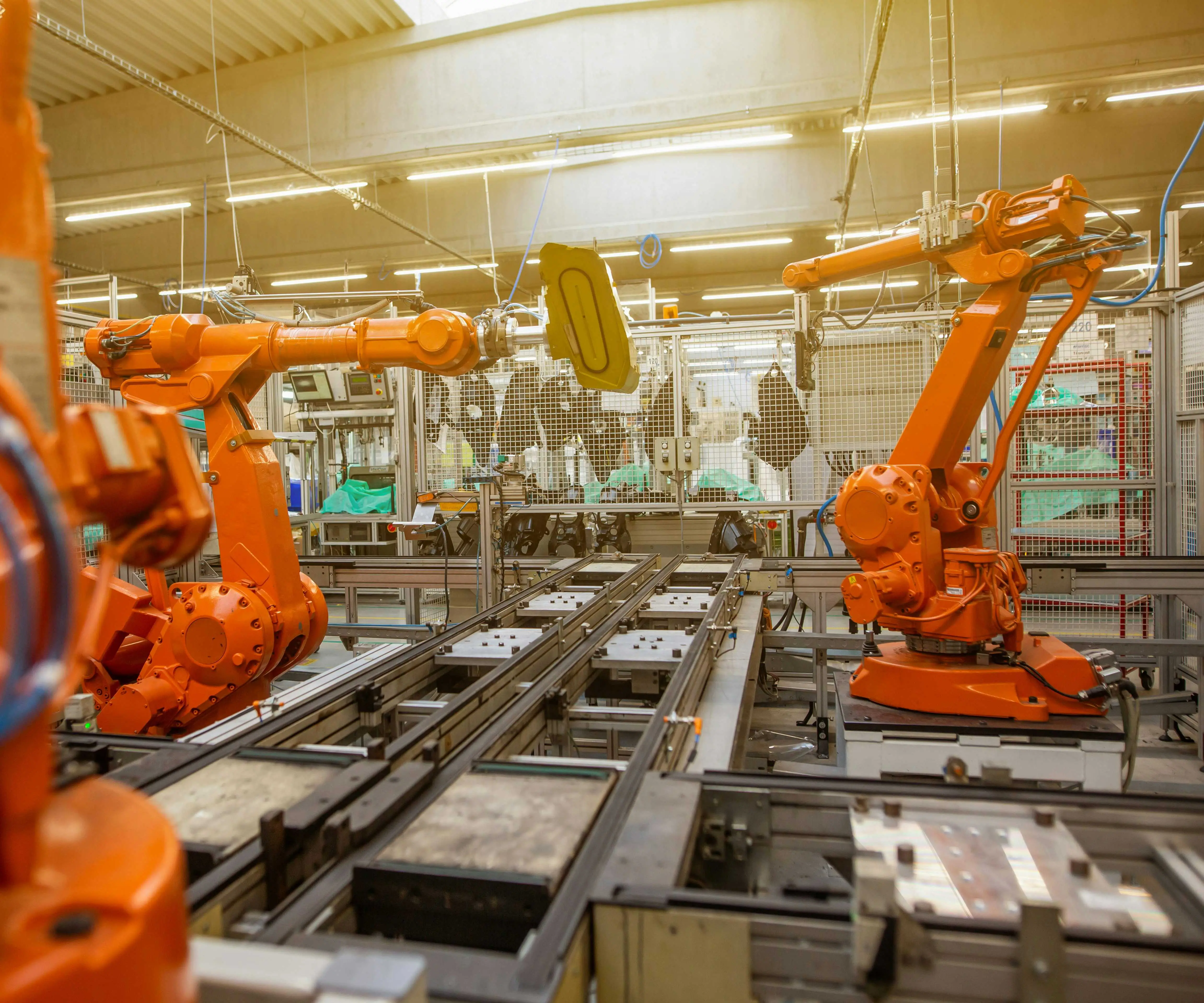Unveiling the Power Behind Precision: The Fascinating World of Gearbox Motors
In the complex dance of modern machinery, few components are as pivotal yet often overlooked as the gearbox motor. These marvels of engineering seamlessly blend electrical and mechanical prowess, transforming raw power into precise, controlled movement. Whether in manufacturing plants, electric vehicles, robotics, or renewable energy systems, gearbox motors serve as the unsung heroes powering the heartbeat of innovation.

Understanding the Basics: What Is a Gearbox Motor? At its core, a gearbox motor is a combination of an electric motor and a gearbox — a set of gears designed to alter the speed, torque, and direction of rotational movement. This pairing ensures that the high-speed rotation of an electric motor is transformed into a more usable form of mechanical power tailored for specific tasks.
Imagine spinning a top — when spun rapidly, it stays upright for a while. But to turn that spin into something more purposeful, like moving a conveyor belt or lifting a load, you need to slow the spin down while increasing the torque, the twisting force. That’s precisely what the gearbox achieves. It acts as a translator, modulating the motor’s output to meet the demands of the application.
The Anatomy of a Gearbox Motor A typical gearbox motor comprises several key components:
Electric Motor: The powerhouse that converts electrical energy into rotational motion. Common types include AC motors, DC motors, and brushless motors, each chosen depending on application needs. Gearbox Assembly: The gear train, often consisting of spur gears, planetary gears, or worm gears, which modulates the speed and torque. Housing: Protects and supports the internal components, often made of durable materials like aluminum or steel. Bearings and Shafts: Facilitate smooth rotation and handle the mechanical loads.
In advanced designs, some gearbox motors incorporate sensors and electronic controllers to enable precise speed and position regulation, integrating seamlessly with automation systems.
Why Choose a Gearbox Motor? The allure of gearbox motors lies in their unparalleled ability to deliver controlled, reliable power with efficiency. They are indispensable in scenarios where direct motor drive is insufficient. Some benefits include:
Enhanced Torque: By reducing speed through gear reduction, they can exert higher force outputs. Speed Control: They enable fine-tuned adjustments, vital in automated processes and robotics. Energy Efficiency: Properly designed gearbox motors minimize energy waste, optimizing operational costs. Versatility: Available in a range of sizes and specifications, they can be customized for countless applications.
From conveyor systems in factories, where conveyor belts must run smoothly and consistently, to electric vehicles requiring precise torque delivery, gearbox motors form a vital link between power sources and functional output.
The Evolution of Gearbox Motors The journey of gearbox motors is one woven with innovation. Early models relied heavily on bulky mechanical parts with limited efficiency. Technological advances in materials, manufacturing precision, and electronic control systems have transformed them into compact, highly efficient, and intelligent components.
Modern advancements include the integration of gearboxes with variable frequency drives (VFDs), enabling variable speed operation and soft start functionalities, thereby reducing mechanical stresses and prolonging lifespan.
Furthermore, the adoption of planetary gear systems has enhanced compactness and efficiency, making them ideal for space-constrained applications like robotics and aerospace.
Applications Across Industries The versatility of gearbox motors makes them integral to various sectors:
Manufacturing and Automation: Powering robotic arms, conveyor belts, packaging machinery, and CNC machines, they help optimize productivity and precision. Automotive and Electric Vehicles: Enabling smooth and efficient drive systems, especially in electric cars where electric motors work with gearboxes to manage speed and torque. Renewable Energy: Wind turbines often use gearboxes to convert the slow rotation of blades into high-speed rotation suitable for electricity generation. Aerospace: Small, lightweight gearbox motors power control surfaces and actuation systems, demanding both reliability and precision. Medical Equipment: From surgical robotics to automated diagnostic devices, their precise control ensures safety and efficiency.
Choosing the Right Gearbox Motor Selecting an appropriate gearbox motor hinges on understanding the specific demands of your application. Factors like load capacity, speed range, precision, environment, and cost come into play. Engineers often perform detailed calculations and simulations to determine the optimal gear ratio, motor size, and control strategy.
High-quality gearbox motors feature durable materials, minimal backlash (the play between gears), and precision machining, ensuring longevity and dependable operation. Today’s market offers customized solutions, with manufacturers providing tailored gearbox motors for niche applications, pushing the boundaries of what is possible.
Established in 2005, Kpower has been dedicated to a professional compact motion unit manufacturer, headquartered in Dongguan, Guangdong Province, China.




































